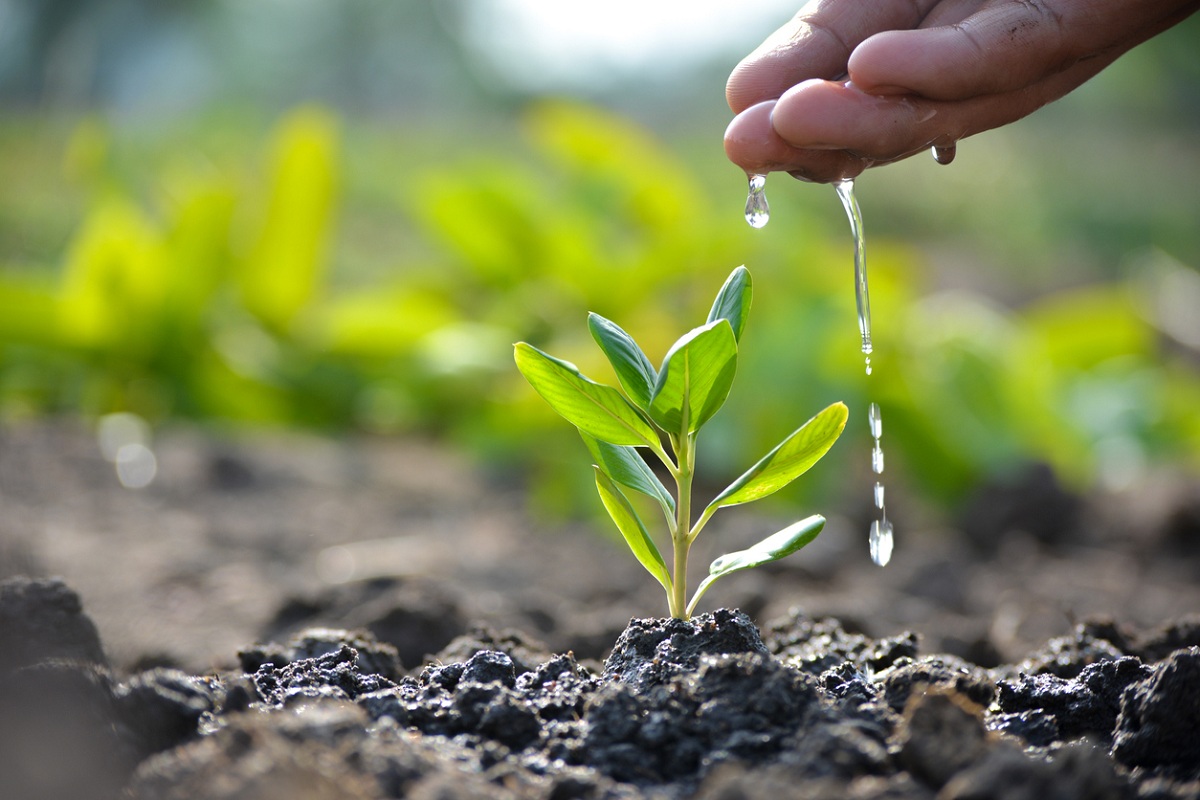As the world commemorates World Environment Day with the theme “Land Restoration, Desertification, and Drought Resilience,” attention turns to the forest-rich city of Jhargram in West Bengal. This region, once teeming with lush greenery, now starkly illustrates the dire consequences of rampant deforestation.
In 1980, Jhargram was home to approximately 45,000 sal trees. However, by 1988, the forest area had dramatically reduced from 21 square kilometres to just 8 square kilometres. A municipal survey conducted in 2006 further revealed a significant decline in green cover, with only three square kilometres remaining. By 2005, the number of sal trees had dropped to 10,000, and by 2013, this number had plunged to a mere 4,000. Consequently, the green area shrank further to 0.44 square kilometres, declining to 0.37 square kilometres due to continued deforestation.
Advertisement
A recent comprehensive study by researchers from IIT-Kharagpur and Raja Narendralal Khan Women’s College has provided a detailed examination of these changes. Funded by the West Bengal department of science and technology and biotechnology (DSTBT), the study focused on the “Geospatial Assessment of Biomass and Carbon Stocks of a Tropical Forest in Jhargram District.” Utilizing the Support Vector Machine (SVM) algorithm, the researchers created land use land cover (LULC) maps and employed vegetation indices like the normalized difference vegetation index (NDVI) and leaf area index (LAI) to analyze vegetation cover.
Their findings are stark. The forest cover in Jhargram decreased from 146.67 square kilometres in 1990 to 72.76 square kilometres in 2020 — a loss of over 50 per cent, predominantly replaced by shrubs. The study also revealed a negative correlation between land surface temperature (LST) and both NDVI and LAI, indicating that as vegetation cover decreased, temperatures rose. This correlation was weaker in 1990 compared to subsequent years, underscoring the accelerating impact of deforestation.
The primary drivers of this deforestation, as environmentalist Dr Pravat Kumar Shit explains, include railway line expansions and urban development. The construction of multi-story buildings and government offices has significantly contributed to the loss of green spaces in Jhargram.
Dr Shit emphasizes the importance of trees in mitigating air pollution, noting that the average person breathes about 9.5 tonnes of air annually, with oxygen making up about 23 per cent of that air by mass. Each year, a person extracts roughly 740 kg of oxygen, the equivalent produced by seven or eight trees. He advocates for the planting of trees such as sal, neem, mango, jackfruit, and jamun to reduce air toxicity and support local livelihoods and wildlife.
The degradation of Jhargram’s forests has also led to human-wildlife conflicts. Professor Nilanjana Das Chatterjee from Vidyasagar University, who has been studying human-elephant conflicts for over a decade, points out that forest fragmentation has led to food scarcity and habitat degradation for elephants. As a result, elephants frequently intrude into nearby residential areas in search of sustenance.
In response to these pressing issues, the Kharagpur forest division has initiated a plantation project aimed at restoring degraded forest land. According to Manish Kumar Yadav, DFO of Kharagpur forest division, trees such as sal, bahera, haritaki, and jackfruit will be planted during the monsoon season in July across the six forest ranges of Kharagpur forest division: Kesharrekha, Chandabila, Nayagram, Hijli, Belda, and Kalaikunda. This initiative aims to maintain food resources for elephants and counteract environmental degradation and natural imbalance.
As World Environment Day 2024 underscores the critical importance of land restoration, the situation in Jhargram serves as a poignant reminder of the urgent need for sustainable practices and reforestation efforts. The ongoing efforts to restore Jhargram’s green cover are a crucial step towards mitigating the impacts of climate change and ensuring a balanced ecosystem for future generations.
